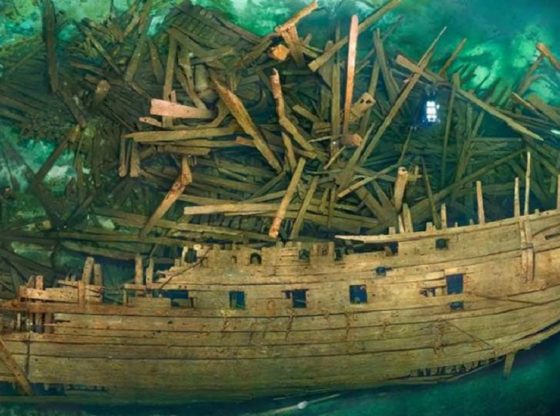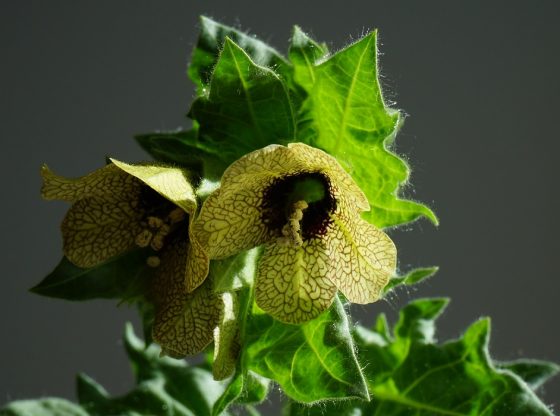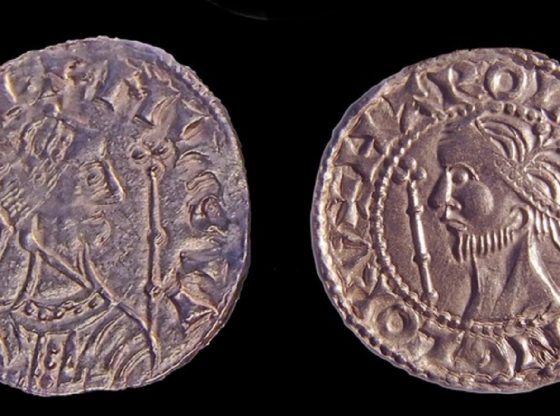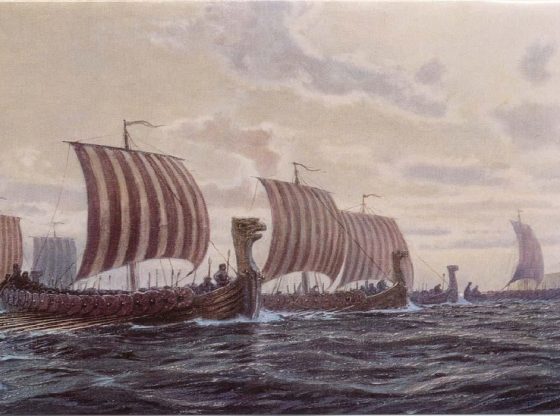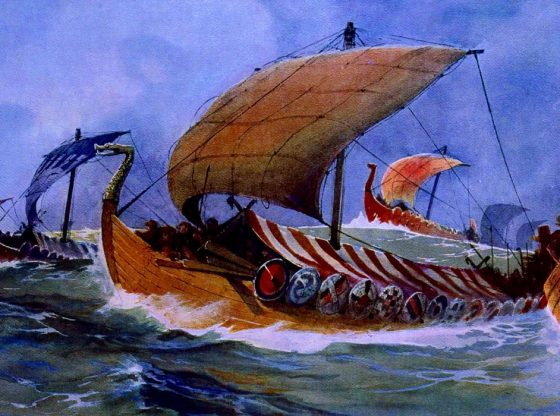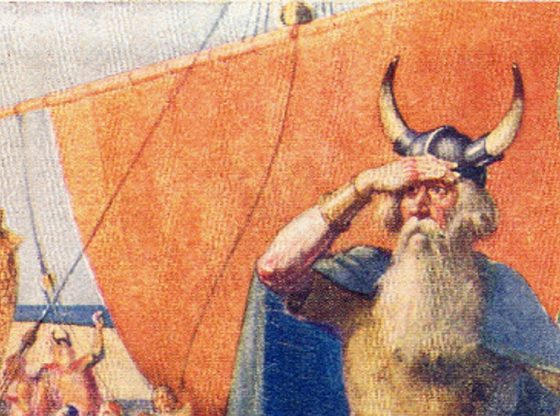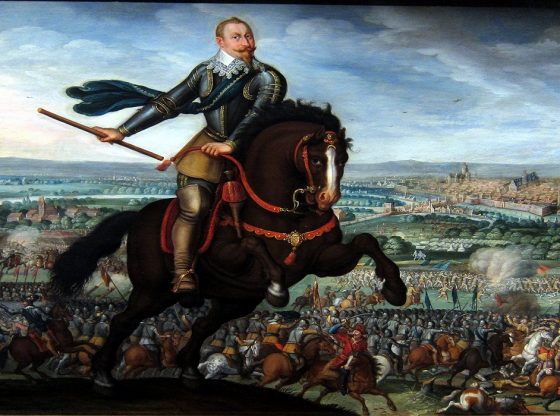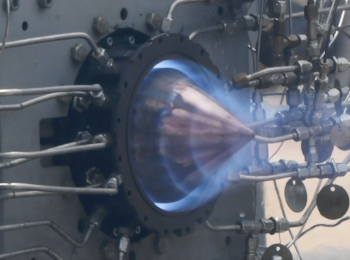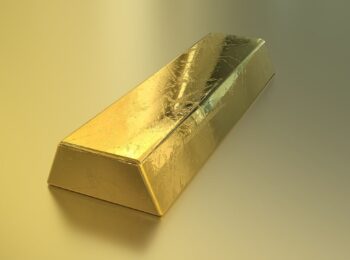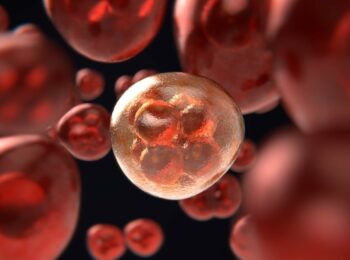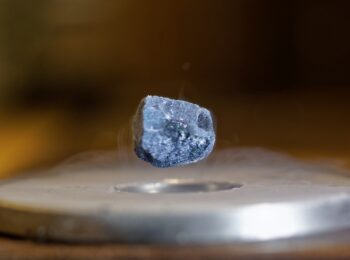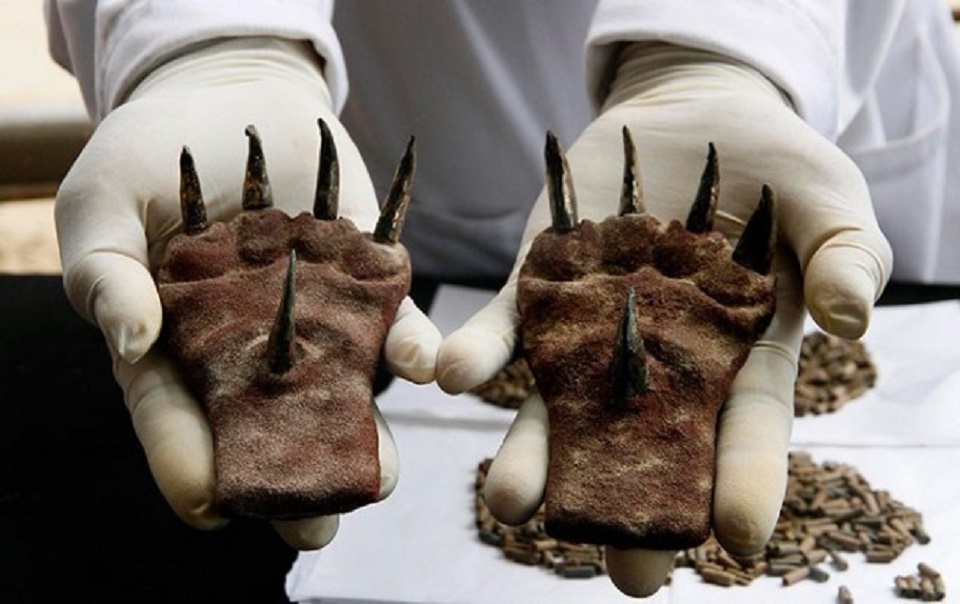
Large-scale excavations have unearthed a pair of ancient metal cat’s claws from a tomb in western Peru. The cat claws and other artifacts found in this tomb is believed to be around 1,500 years old and relate to the then flourishing Moche culture.
The Moche culture existed around the year 100 and 800 CE, preceding the Inca Empire. It was a highly hierarchical society. A society based on agriculture with networks of irrigation canals for the diversion of river water.
They built pyramids and expressed themselves via highly developed art and especially ceramics. As the Moche pottery is regarded as some of the most varied in the world.
The society, however, had an explicit taste for the dark side with human sacrifice as having played a major role in society.
The claws that have now been found are thought to be part of an outfit used in ritual religious fights where the loser was sacrificed to the gods. It is also believed that they would drink the blood of these sacrifices in the hope of rain. The rain was essential for their very water dependent crops. The victims are believed to having been kept alive for weeks while being taped for blood.
The claws were found at a cult site called “Huaca de la Luna”, or Moon’s temple at the Moche capital city. Along with the claws, the archaeologists also found a skeleton of an adult male, a mask, earrings and a scepter, implying that the man probably belonged to the ruling elite.
Some scholars attribute the role of environmental change in having caused the collapse of the Moche civilization. And studies of ice cores drilled from glaciers in the Andes reveal dramatic climatic events between 536 to 594 CE, possibly a super El Niño resulting in 30 years of intense rain and flooding followed by 30 years of drought.
_______________
La Huaca de la Luna sigue mostrando sus tesoros
______________________________



